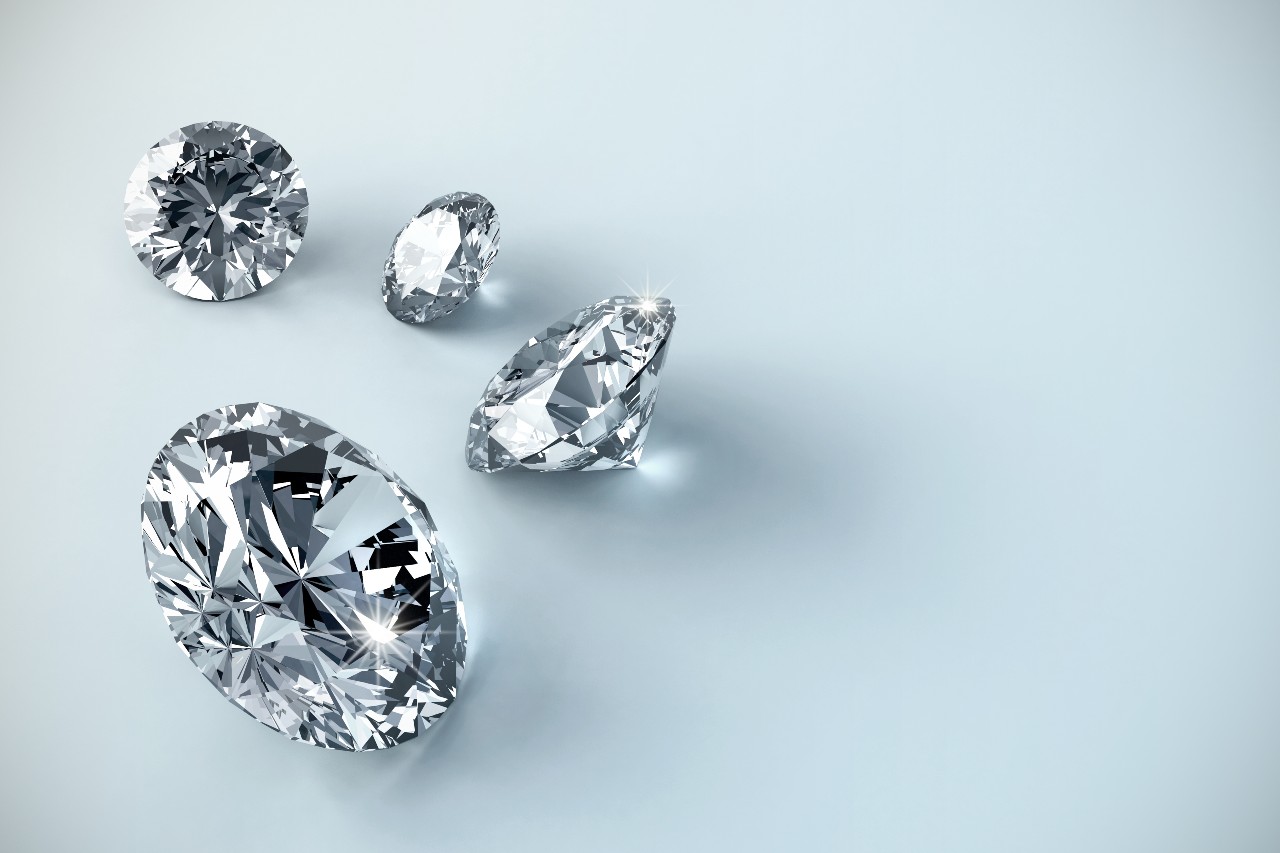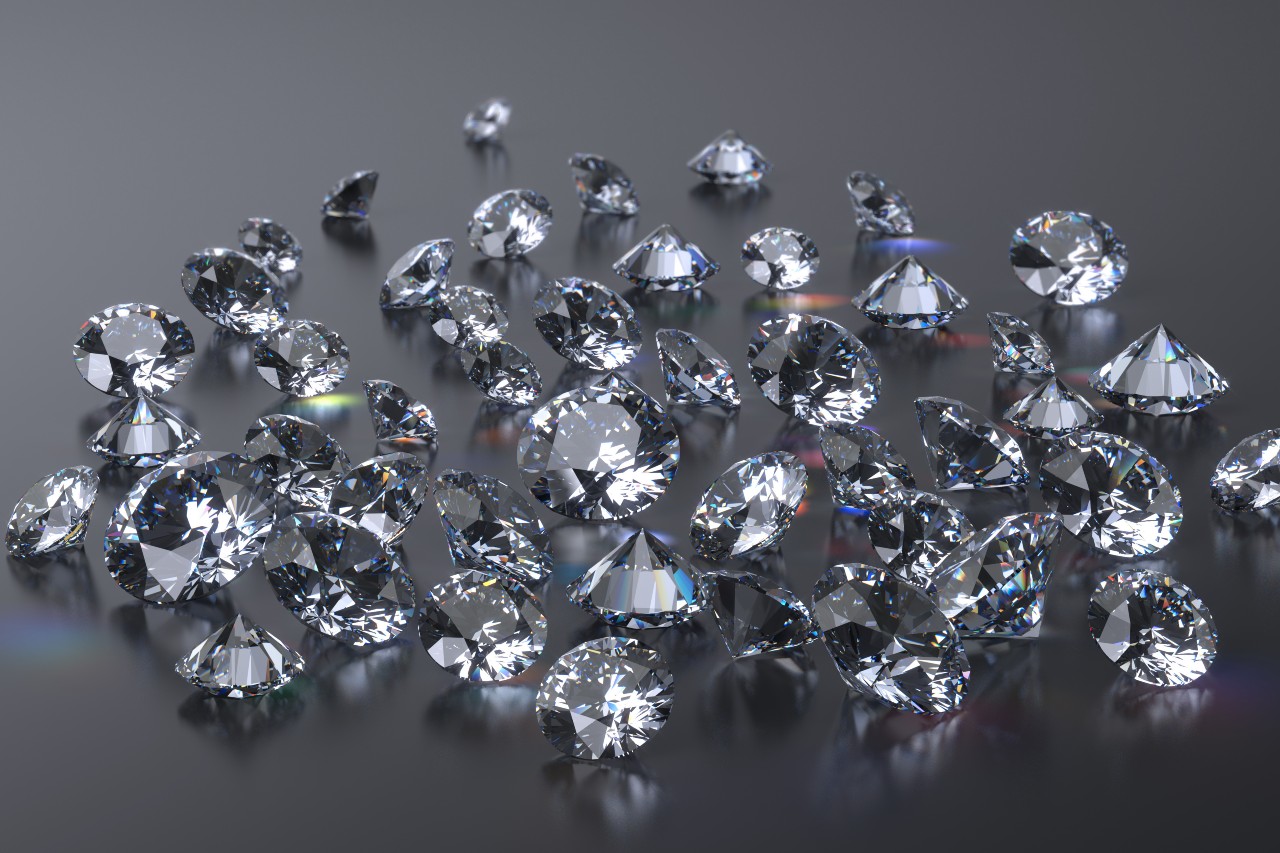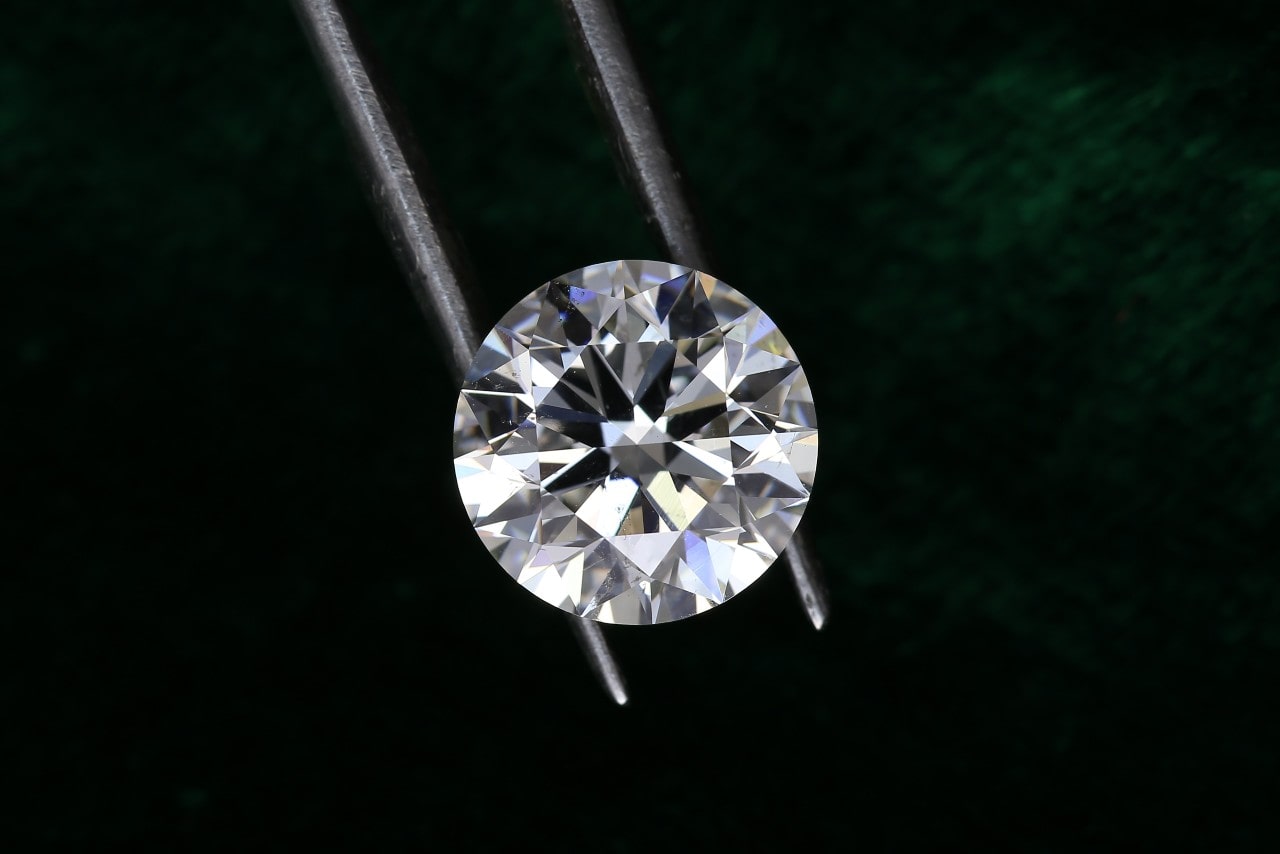LAB GROWN DIAMONDS
WHAT ARE LABORATORY-GROWN DIAMONDS
One of the most exciting developments in the diamond industry is the introduction of laboratory-grown diamonds. As their name says, these diamonds are made in a controlled environment via state-of-the-art technology and well-trained technicians. They offer several benefits that make them a perfect fit for couples and fashion enthusiasts alike. Note that, while they are less expensive, they are the real deal. Made of pure carbon, they are just as real as natural-mined diamonds. Jewelers have difficulty telling them apart, as lab-grown gems are structurally the exact same as their peers. There are many reasons why they may be more suitable for your tastes and lifestyle than natural-mined diamonds.
PRICING FOR LAB GROWN DIAMONDS IN DEC 2024
3 ct E Color Diamond VS1 or Better for $2,500 for Round Cut Diamonds
3 ct E Color Diamond color VS1 or Better for $2,800 for Oval Cut Diamonds
For more up-to-date pricing, please call.

HOW ARE LAB-GROWN DIAMONDS MADE?
There are two primary processes by which lab-grown diamonds are made. To understand lab-grown diamonds, it’s important to know how diamonds form naturally. This is because all laboratory-grown gemstones mimic natural crystal formation, which is a nuanced but straightforward process. It starts with a structure made of pure carbon. Through a variety of means, carbon atoms arrange themselves in the shape of the said structure until a larger gem is grown. Volcanic activity pushes these diamonds up to the surface.
Laboratories create diamonds in two primary methods. In the first, a tiny diamond (sometimes called a “diamond seed”) is placed in a chamber. The chamber heats up and is pumped with carbon gas. As it cools down, the gas settles on the diamond where it hardens, making a larger gemstone. In the second, advanced technology applies intense heat and pressure to pure carbon. It condenses into diamonds over a long period of time. Note that both options create diamonds identical to their natural counterparts.
BENEFITS OF LAB-GROWN DIAMONDS
Diamonds that are laboratory-grown offer plenty of benefits. The most obvious benefit is that they are less expensive than their natural counterparts. Lab-grown diamonds cost 70-90% less than mined gemstones. Why do they cost less? It’s simple: the supply chain is less costly to maintain. There are no expansive mining facilities or geopolitical situations that make the process costly. This allows couples to set a beautiful large diamond into their engagement ring, which they couldn’t afford otherwise. Plus, they can find a cut they fancy or a color they much prefer.
Another pro is that they are perfect due to their carefully controlled creation. All lab-grown diamonds are flawless. They almost always lack the same inclusions that natural-mined gems do. While some assert that this takes away from the jewel’s uniqueness, it also guarantees that the owner has a flawless piece that is adept as an emerald cut stone. Note that this isn’t true in all circumstances, and some more unscrupulous methods of diamond creation can result in blurry, tinted gemstones. You’ll always want to make sure you buy lab-grown diamonds from reputable showrooms like Merry Richards Jewelers.
Finally, all lab-grown diamonds are guaranteed conflict-free. Natural-mined diamonds are sometimes sourced illegally from areas rife with war, exploitation, and human rights violations. The Kimberley Process Certification Scheme is an agreement that was established in 2003 that significantly reduced the issues that were once an extensive part of the industry. While the Kimberley Process’ achievements have made vast strides in improving the diamond industry’s ethics and welfare (some estimate as high as 99%), only laboratory diamonds are 100% guaranteed to be ethically sourced.
Based on historical data, Lab-grown diamond prices have gone down in value over time and natural diamonds prices have been relatively stable. Past performance is no guarantee of future results. Please don't use this as investment advice.

LAB-GROWN VS. NATURAL DIAMONDS
While laboratory-grown diamonds offer many benefits, they can’t replicate everything. The first is that natural-mine diamonds are more valuable. As mentioned, lab-grown gems are less expensive, which comes at the cost of long-term value. If you’re seeking jewelry that’s value reflects the rarity of a romantic relationship, it may be better to eschew the lab-grown variety. Still, there’s nothing wrong with using a lab-grown diamond as a center stone, especially if it’s to allow for a larger and more attractive gem.
Natural diamonds are much more unique than their laboratory-grown counterparts. They exhibit “inclusions” that make each gem distinct from one another. They may have a yellow tint or a small dark spot hidden in the jewel. Some people may find them unseemly, but others are exhilarated by the individuality and eccentricity inclusions add to the overall feel of a diamond. Like the flaws of an individual, these flaws make each gemstone completely unique. Natural diamonds can be one in a million whereas all lab-grown diamonds are more or less identical.
In short, natural diamonds offer a more distinctive and romantic aesthetic. They are simply more unique, rare, and valuable than lab-grown diamonds. There’s a reason why natural-mined gemstones are still expensive despite the rise of simulants and lab-grown varieties. But if you prioritize price, sustainability, and brilliance, lab-grown diamonds may be more desirable.
LAB-GROWN VS. DIAMOND SIMULANTS
The diamond is an iconic symbol of luxury, value, and glamor. As a result of their highly esteemed reputation, there are many imitators. From cubic zirconia to plastics, there are more alternatives than authentic gemstones today. Lab-grown diamonds differ from these simulants because they are real diamonds. Still, it’s worth comparing them since they both offer a more affordable alternative to natural-mined gemstones.
Cubic zirconia (abbreviated as CZ) is the most common diamond simulant. The crystal looks similar to diamonds and is difficult to discern by the untrained eye, but nonetheless has many inferiorities. For one, it’s not nearly as hard as the stone it is emulated. CZ dulls and softens over time, while diamonds always retain their shape. The simulant is also much denser and is subsequently 70% heavier. Unlike some of its competitor simulants, CZ produces a white light that mimics diamonds, including those grown in a laboratory.
Moissanite is another popular simulant, but it has properties that distinguish it from its competitors. It is almost as strong as real diamonds, so it won’t soften like CZ. Moissanite is also more brilliant than CZ, although it does produce a unique rainbow light effect that isn’t shared by either CZ or real diamonds. Lastly, Moissanite is more expensive than CZ. This means that it not only has a larger upfront cost but a higher resale value as well.
Lab-grown diamonds also are real diamonds. Moissanite and CZ may have their benefits, but they’ll always be “fake diamonds.” You deserve something authentic and glamorous to symbolize your love or accentuate an outfit.

HOW ARE LAB-GROWN DIAMONDS CERTIFIED AND GRADED?
Lab-grown diamonds are graded just like natural-mined diamonds. The most skilled and trustworthy diamond graders are accredited by organizations like the Gemological Institute of America (GIA), the International Gemological Institute (IGI), and the Gem Certification & Assurance Laboratory (GCAL). Every grader evaluates diamonds using the Four C’s assessment: cut, carat, clarity, and color. Each diamond has a blend of these qualities that make them unique.
Cut refers to the shape of a gemstone. Gemcutters (also known as lapidarists) have invented a myriad of fantastic cuts. From the classic round brilliant to the contemporary princess, there is something for everyone. However, not all cuts are equally valuable, as some are in higher demand than others. Round diamonds are in particularly high demand, as they are more brilliant than any other cut.
Carat – not to be confused with karat – indicates a diamond’s size. Generally, larger stones are more valuable. Meanwhile, clarity refers to the number of inclusions or flaws in a gemstone. The most prized diamonds have few if any, and lab-grown jewels are no exception. You’ll want to make sure that your gem is bright and brilliant, which is much more accessible with lab-grown diamonds’ lower price.
Lastly, color is self-explanatory. The ideal diamond is completely colorless and is what most people imagine diamonds to look like. However, most diamonds actually have a slight yellow-brown tint. Since lab-grown diamonds are made in a controlled environment, elements can be carefully added to change the stone’s color to rarer hues like pink.
Note that all of these grades are complex, usually written in shorthand like F (“flawless”) and V2 (“minor inclusions”). When buying any diamond, make sure that your diamond consultant explains the difference.
FIND DIAMONDS AT MERRY RICHARDS JEWELERS
Merry Richards Jewelers is Oakbrook Terrace’s home for fine jewelry, diamonds, and timepieces. Our wide selection of everything luxurious ensures that every customer leaves with their dreams come true. Want to sell your diamonds? We’ll buy them from our showroom on 22nd Street near Chicago, Illinois. Want to make something special to house your beautiful lab-grown diamonds? Make your own jewelry with the help of our professional goldsmiths and gemologists. No matter your jewelry needs, we can make it possible. Call (630) 516-8000 to speak to our staff if you have questions about lab-grown diamonds.

